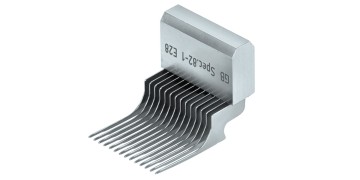At Groz-Beckert all components of a warp knitting system are coordinated with one another. The perfect interaction of needles and system parts guarantees a uniform and flawless warp knitting process. Machine builders around the world rely on Groz-Beckert as a development partner and quality supplier. We steadily develop our product range on the basis of this know-how.
In warp knitting machines, all needles move together on a needle bar. Warp fabrics can be identified by their primarily vertical straight grain, whereby thread is usually fed from warp beams and/or bobbin creels. The broad scope of application generates a large number of very different machines, markedly different in their arrangement and number of warp elements needed, as well as in their thread-feeding systems.
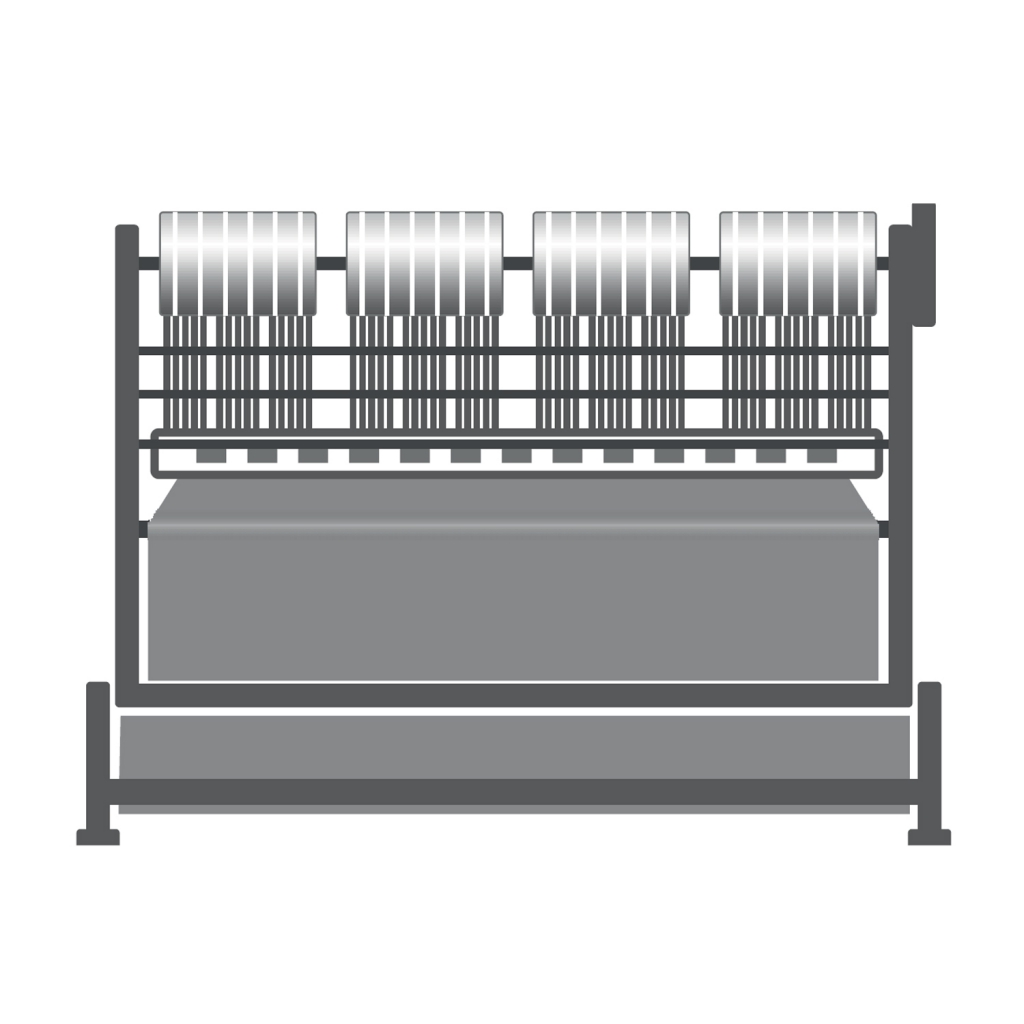
Warp Knitting Needles:
Compound needles
The product range encompasses compound needles for technical textiles, home textiles and textiles for the shoe and clothing industry. Gauges range from E1 to E50 for almost all warp and galloon crocheting machines.
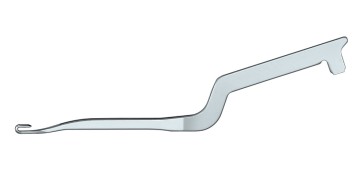
Latch needles
Single and double needle bar Raschel machines still use many latch needles.
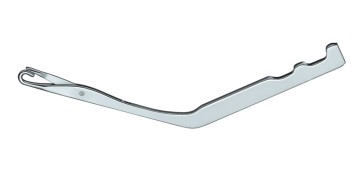
Patent needles
Groz-Beckert has been producing Patent needles for a long time. They serve a small application field and are usually used in the production of niche items.
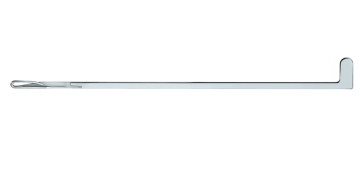
Spring beard needles
Nowadays, spring beard needles are primarily still employed in old warp knitting machines and as threading needles.
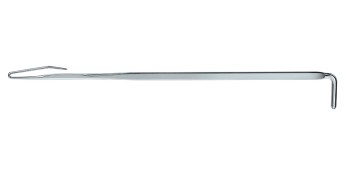
Warp Knitting System Parts:
Closers
In order to secure the loop-formation function at today’s speeds and to minimize heat in the needle slot, the closer and the compound needle must work in total harmony.
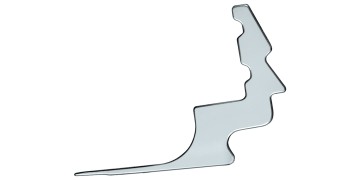
Guide needles
Guide needles from Groz-Beckert feature high accuracy and high wear protection, regardless of machine gauge.
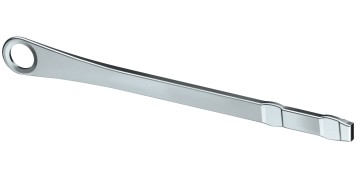
Warp Knitting Modules:
Guide needle modules
Guide needle modules are the most common modules in the warp knitting industry.
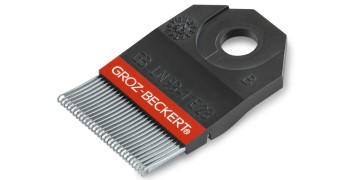
Sinker modules
The variety of sinker modules results from the many different requirements of the various machine types.
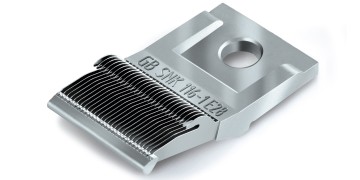
Closer modules
Uniformity in loop formation is challenging for closer modules, which must be precisely adjusted on the bar and moved in the needle slot.
